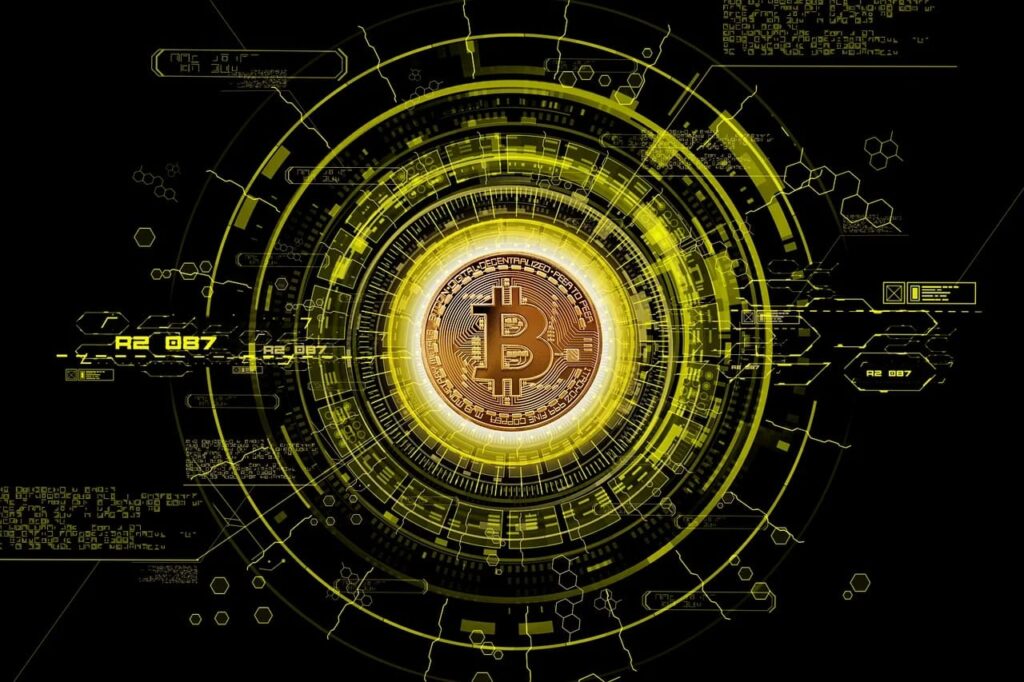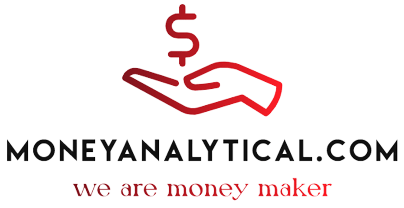What is Blockchains?
A distributed database or ledger shared by the nodes of a computer network is known as a blockchain. However, they are not just used in cryptocurrency systems, where they play a vital function in preserving a secure and decentralized record of transactions. Any sector may utilize blockchains to make data immutable, which is the phrase for the inability to be changed.

The only place where trust is required is when a user or programme submits data since a block cannot be changed after it has been created. This feature lessens the requirement for trustworthy third parties, who are typically auditors or other creatures who incur expenses and commit errors.
Blockchain applications have multiplied since the launch of Bitcoin in 2009 thanks to the development of several cryptocurrencies, DeFi apps, non-fungible tokens, and smart contracts.

Definition of Blockchain:
Blockchain is a distributed and decentralized digital ledger system that records transactions across several computers or network nodes and validates them. Data may be stored securely and openly in a chain of blocks, each of which has a different cryptographic hash connecting it to the one before it. Without a centralized power, this technology offers immutability, transparency, and confidence.
How to Work Blockchain:
Understand the basics: Learn the fundamental concepts of blockchain, including decentralization, cryptographic security, and distributed ledger technology.
Choose a blockchain platform: Select a blockchain platform that aligns with your needs, such as Ethereum, Hyperledger Fabric, or Ripple.
Set up a development environment: Install the necessary tools and software development kits (SDKs) to create and deploy blockchain applications.
Learn a programming language: Gain proficiency in a programming language commonly used for blockchain development, such as Solidity for Ethereum or Go for Hyperledger Fabric.
Ethereum Development in 8 Steps
How to use the blockchain quickly for users
Use blockchain by doing the following actions:
Recognise the fundamentals: Discover the essential ideas behind distributed ledger technology, cryptographic security, and decentralisation as they relate to blockchain.
Selecting a blockchain platform Choose a blockchain platform like Ethereum, Hyperledger Fabric, or Ripple that meets your demands.
Establish a development environment Install the software development kits (SDKs) and tools required to build and deploy blockchain applications.
Learn a programming language: Become proficient in a language used often for blockchain development, such as Go for Hyperledger Fabric or Solidity for Ethereum

Blockchain applications have multiplied since the launch of Bitcoin in 2009 thanks to the development of several cryptocurrencies, DeFi apps, non-fungible tokens, and smart contracts.
KEY LESSONS
A blockchain is a particular kind of shared database that varies from other databases in that it stores data in blocks that are connected by cryptography.
A blockchain may be used to store several kinds of data, although a ledger has historically been the most popular application for transactions.
Blockchain is decentralized in the case of Bitcoin, allowing all users to jointly maintain control rather than any one individual or organization.
The data entered is irreversible since most modern block chains are immutable. For bitcoin transactions, there is a permanent record and they are accessible to everyone.
What is the Process of a Blockchain?
You may be familiar with databases or spreadsheets. Because a blockchain is a database where data is input and kept, they are relatively comparable. But how the data is organized and accessible is what distinguishes a blockchain from a conventional database or spreadsheet.
A blockchain is made up of computer programmed called scripts that carry out operations often performed by databases: accessing and entering
A blockchain is distributed which means multiple copies are saved on many machines and they must all match for it to be valid.
The blockchain collects transactions information and inter it into a block like a sale in spreadsheet containing information once it is full the information is run thought an encryption algorithm, which creates a hexadecimal number called the hash .
The hash is then entered into the following block header and encrypted with the order information in the block this creates a series of block that are changed together
A distributed blockchain requires that all of its copies, which are stored on several computers, agree for it to be genuine.
As with a sale in a spreadsheet storing information, the blockchain gathers transaction information and combines it into a block. Once the block is filled, the information is passed through an encryption algorithm to produce a hash, which is a hexadecimal number.
The following block header is then filled with the hash and encrypted with the order data from the previous block, resulting in a chain of blocks that are modified at the same time.
Is Blockchain Safe?
Decentralised security and trust are made possible by blockchain technology in a number of ways. To start, new blocks are always chronologically and linearly stored. The “end” of the blockchain is always added to them. Previous blocks cannot be modified after a block has been appended to the end of the blockchain.
Any modification to data affects the block’s hash. Each block carries the hash of the preceding block, thus if one changed, the next blocks would also change. An edited block would be rejected by the network because the hashes would not match.

Blockchain vs. Bitcoin
Stuart Haber and W. Scott Stornetta, two researchers interested in implementing a system where document timestamps could not be altered, initially proposed the concept of blockchain technology in 1991. But blockchain didn’t have its first practical use until over two decades later, with the introduction of Bitcoin in January 2009.
Blockchain is a decentralized, open-source system for digital ledgers that securely logs and validates transactions among several computers or nodes.
Blockchain stores and validates transactions by building a chain of blocks. Each block has a timestamp, a reference to the block before it, and a special identifier called a hash. Through a procedure called mining, where nodes compete to solve challenging mathematical puzzles, transactions are organised into blocks and added to the chain. Cryptographic principles make it difficult to change a block once it has been added, assuring security and immutability. Consensus and transparency are ensured by the network’s many nodes validating and maintaining a copy of the blockchain.
If You Like Use U Definitely Going To Love Our other Articles Please Check Below Contents:-
“Negative impact of artificial intelligence on employment”
Basic Information Of Blockchain Technology
